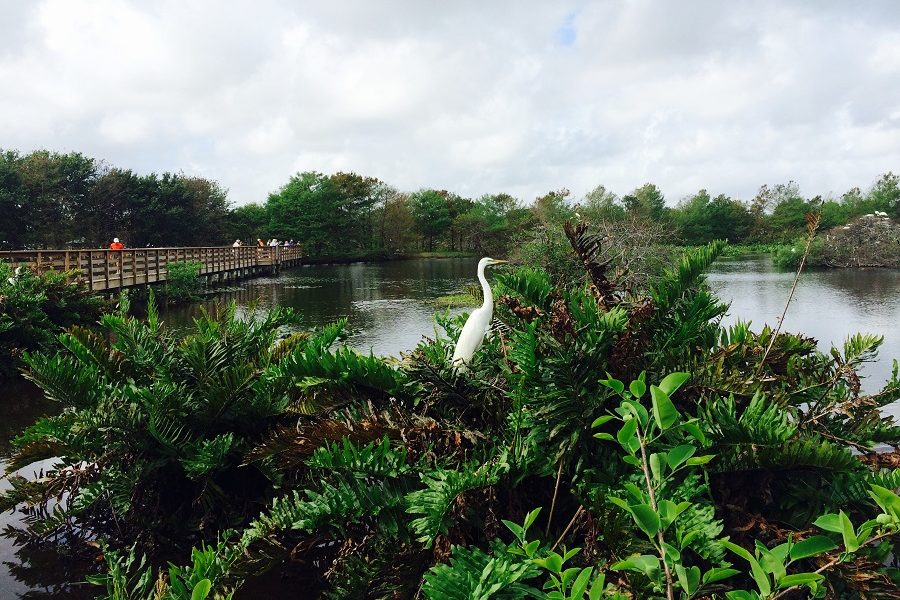Mike,
First please do not let anyone or any "influencer" discourage you. Enjoying nature photography is not an "arms race." Yes many of us have multiple thousands of dollars tied up in camera gear. Also, many of us have been buying, trading up and expanding our gear collection over several decades. Few of us went out and bought really expensive gear on day 1.
If the gear you have won't capture the kind of super close, feather detail, portrait shots of a tiny bird a half mile away, don't worry. There is an entire genre of wildlife photography that I tend to like and shoot a lot called environmental portraits (for lack of a better phrase). This is a wider angle view of the creature in its natural environment. Many times this type of photograph is far more interesting and impactful than the close up portrait. With the close up portrait, the viewer may marvel at the beauty of the creature and the details of it's body they would never see otherwise, with the environmental shot, often times, the viewer feels more of an emotional attachment and attraction to the creature. Sometimes this shot will show how real the daily struggle for survival is, sometimes it will show a bit of familiarity where the viewer will be looking for such a creature next time they are hiking through a local park or driving down a backcountry road. Sometimes it is even amazement "wow, I didn't know that lived around here.".
Sure, there are some things that more expensive gear (longer lenses, faster cameras, better dynamic range sensors, etc) can allow the photographer to better capture, but none of these are a prerequisite for capturing interesting and compelling photographs.
If your 300 lens turns out to be a little too short for small birds, go after dragonflies, butterflies, frogs, turtles and other woodland creatures which allow you to approach more closely. There are hundreds of thousands of photo opportunities out there for you with the gear you have today.
Please do go out and enjoy nature, capture the beauty you see around you and share that beauty with others so they, too, can appreciate it. After all, very few of us make money doing this and even fewer actually make a "feed the family" living from it. I do believe we all do; however, do it because we love being outside, we genuinely care about the flora and fauna around us and have a desire to see others get as excited about it as we do.
At the end of the day, it matters not what anyone says about one photo or another, are you accomplishing your goals with photography? Are you enjoying it? Do you feel a sense of satisfaction after a day in the field? If yes, keep on keeping on. If not, look at your goals and ask if they are the right ones for you.
Hope this helps.
Jeff.
by the way, nothing wrong with your Osprey photos.
js







